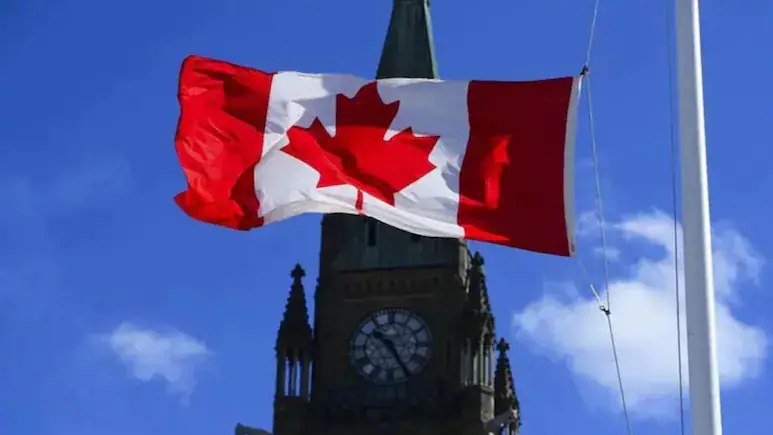Canada’s plan to sharply reduce temporary resident admissions — including international students and foreign workers — could damage the country’s reputation and cause long-term economic fallout, an immigration expert says. The warning comes as Prime Minister Mark Carney’s 2025 budget sets new immigration levels, keeping permanent resident admissions steady at 380,000 per year but cutting temporary resident targets from 673,650 in 2025 to 370,000 by 2027.
Elizabeth Long, founder of LM Law Group, told Parliament Today that the reductions do more than limit incoming students. They erode the expectation that those who study and work in Canada can eventually immigrate, something she says has long been part of the country’s appeal. “They’ve set back the expectations that students, if they stay in Canada, work in our society, and get a high-skilled job, would be able to immigrate,” she said.
Carney defended the cuts during a Toronto appearance, saying Canada’s temporary resident population — 7.5 per cent of the country as of 2024 — has “exceeded our capacity” for housing and services. But Long argued the figure would be lower if the federal government processed more permanent residency applications and addressed decades of under-investment in infrastructure and housing. Treating workers “as commodities,” she added, runs counter to the values Canada promotes internationally.
Advocates share similar concerns. The Migrant Rights Network said reducing immigration will not fix housing affordability or strained services. Instead, spokesperson Syed Hussan said the cuts will weaken the labour force, harm the economy, and increase vulnerability to exploitation, calling the government’s messaging a form of “scapegoating.”
A more detailed immigration plan released by Minister Lena Diab says priority will go to temporary residents already in Canada. The budget also introduces a one-time initiative to transition up to 33,000 work-permit holders to permanent residency in 2026 and 2027. Long predicts overwhelming demand, comparing it to “The Hunger Games,” given 1.5 million temporary workers currently in the country and past first-come, first-served models that rewarded those with the fastest internet connections.
She also warned that Canada risks losing global talent. If high-skilled workers and international students see little chance of obtaining permanent residency, they may look elsewhere. “How do you attract people to come to Canada if you’re not going to allow them a reasonable opportunity to stay?” she said. “It doesn’t make economic sense.”
Immigration, Refugees and Citizenship Canada said in a statement that immigration remains critical to growth but acknowledged the need to reduce pressure on housing and public services. Returning to “sustainable and predictable” levels, the department said, will help balance population growth with available infrastructure.
The government is increasing the number of provincial and territorial nominations under the Provincial Nominee Program to 91,500 in 2026, up from 55,000 this year — a welcome change for provinces like Ontario, which saw its allocation slashed in half last year, causing significant delays for applicants. But Long cautioned that clearing backlogs will take time, as many temporary residents were encouraged to apply only to be left waiting for months.
Ottawa aims to reduce the temporary resident share of the population to under five per cent by 2027, signaling a major shift in Canada’s long-standing immigration approach as the country tries to balance economic needs with public service capacity.

